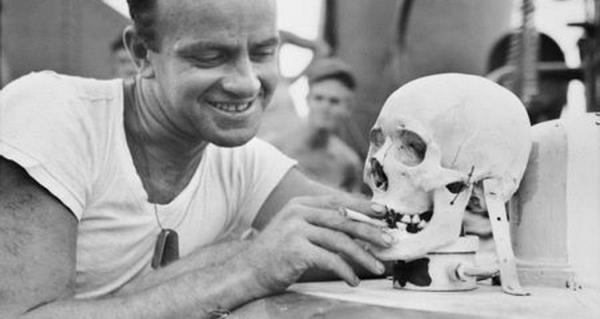Unkotare
Diamond Member
- Aug 16, 2011
- 136,449
- 28,265
- 2,180
"the vibrant city of over a quarter of a million men, women and children was hardly “a military base.” Indeed, less than 10 percent of the individuals killed on Aug. 6, 1945, were Japanese military personnel."
..."Killing civilians was the primary purpose of the Hiroshima bombing. "
"At bottom, Stimson wanted to kill as many workers and their families possible. And he made no effort to ensure that the Interim Committee’s recommendation about dual targeting was followed. Ultimately, the crew of the Enola Gay was permitted to pick the aim point and chose the Aioi Bridge at the center of Hiroshima. More than 70,000 men, women and children were killed immediately. In a cruel irony, the munitions factories on the periphery of the city were left largely unscathed."
"
Those who perpetuate the myth of unconditional surrender forget that U.S. decision-makers in 1945 considered other ways of ending the war with Japan. Weighing the lives lost from the atomic bombings against the potential lives lost in an American invasion of Japan ignores the possibility that the war could end with neither an invasion nor nuclear attacks."
"At the Potsdam Conference, Stimson recommended that the U.S. modify the unconditional surrender terms to signal to the Japanese government that Emperor Hirohito would not be put on trial. Truman rejected this advice"

 www.lawfareblog.com
www.lawfareblog.com
..."Killing civilians was the primary purpose of the Hiroshima bombing. "
"At bottom, Stimson wanted to kill as many workers and their families possible. And he made no effort to ensure that the Interim Committee’s recommendation about dual targeting was followed. Ultimately, the crew of the Enola Gay was permitted to pick the aim point and chose the Aioi Bridge at the center of Hiroshima. More than 70,000 men, women and children were killed immediately. In a cruel irony, the munitions factories on the periphery of the city were left largely unscathed."
"
Those who perpetuate the myth of unconditional surrender forget that U.S. decision-makers in 1945 considered other ways of ending the war with Japan. Weighing the lives lost from the atomic bombings against the potential lives lost in an American invasion of Japan ignores the possibility that the war could end with neither an invasion nor nuclear attacks."
"At the Potsdam Conference, Stimson recommended that the U.S. modify the unconditional surrender terms to signal to the Japanese government that Emperor Hirohito would not be put on trial. Truman rejected this advice"

Hiroshima and the Myths of Military Targets and Unconditional Surrender
Every year, in early August, new articles appear that debate whether the dropping of the atomic bombs in 1945 was justified. Earlier this month, the 75th anniversary of the Hiroshima and Nagasaki attacks, was no exception.


 What great scholarship, Junior.
What great scholarship, Junior.
